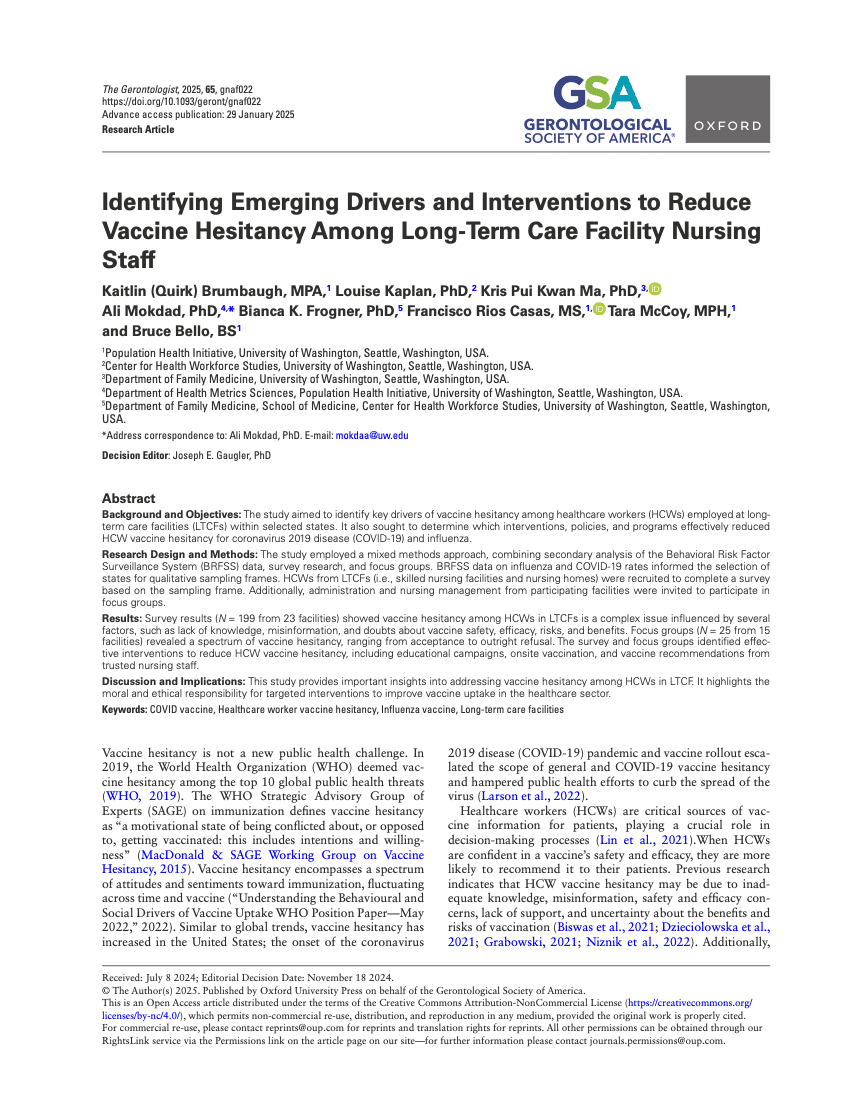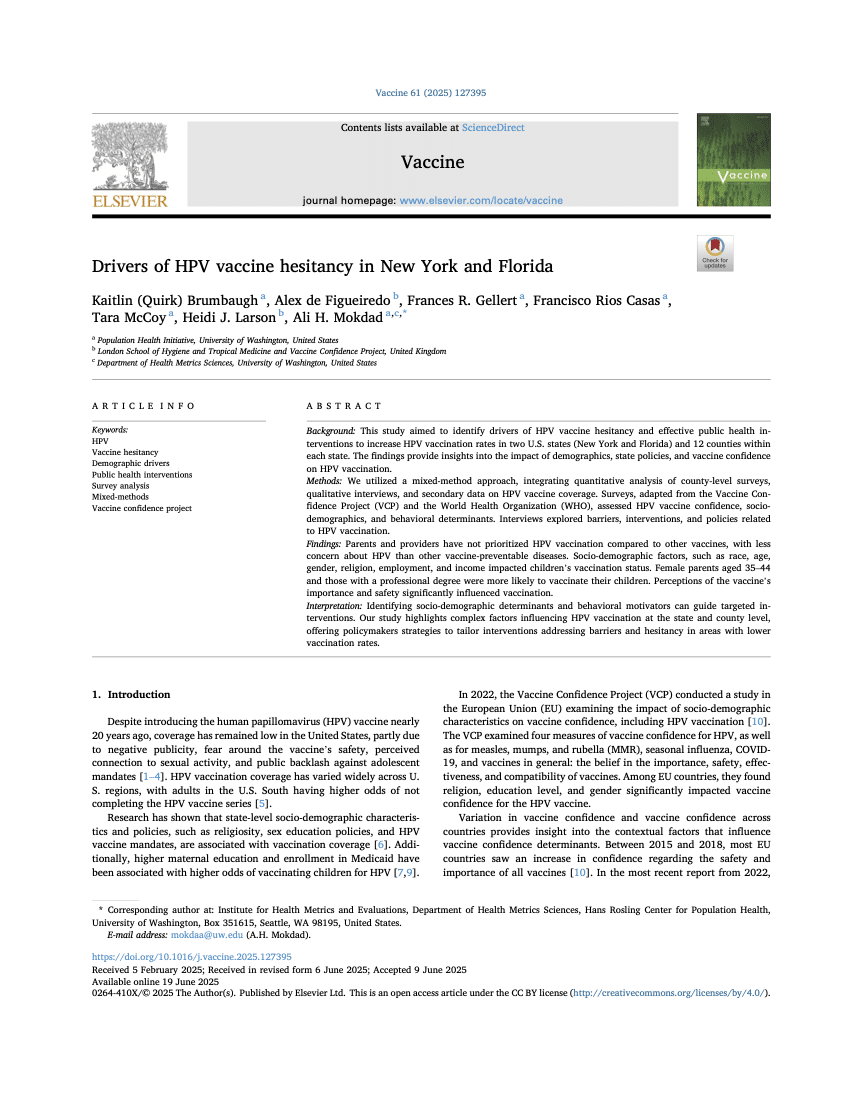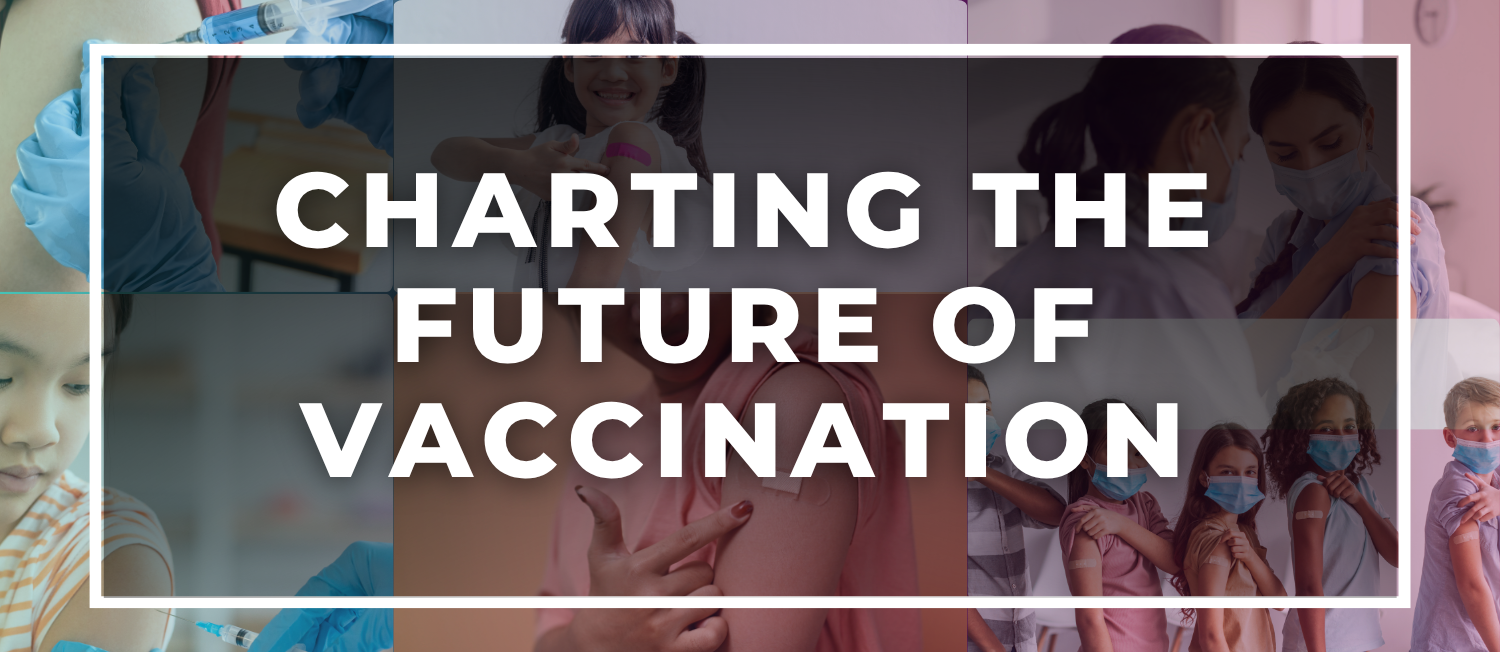Infectious Diseases
Today, Infectious diseases such as respiratory illnesses, the common cold, sexually transmitted diseases, and skin infections continue to exert a substantial toll on the Nation’s health and healthcare resources. Between 1980 and 2014, more than 4 million people lost their lives to infectious diseases. Specifically, Lyme disease has increased steadily since 2010, food poisoning from salmonella has been on the rise since 1960, sexually transmitted infections like syphilis have increased since 2002, and hepatitis A, B, and C have all been on the rise since 2010. The U.S. has seen a significant drop in mortality caused by infectious diseases over the years; however, new and re-emerging infectious diseases have surfaced recently. The COVID-19 pandemic, for example, has affected minorities disproportionately since 2019. Out of the 880,000 Americans who lost their lives to the pandemic, more than 750,000 were from minority groups across the country. Minorities in the U.S., especially those living in economic poverty, rural areas, and healthcare workers, are all more at risk for infections.
Barriers related to healthcare access, cultural and linguistic exclusion, physical inaccessibility, inequities in the distribution of public health services, and inadequate health education and health literacy contribute to increased cases of infectious diseases in the U.S. Individuals more at risk for infectious diseases are children (under 18), expectant mothers, healthcare workers, those living in areas with high exposure to pathogens, and those living with suppressed immune systems. Recent emerging infectious diseases include HIV, dengue fever, SARS, Zika virus, whooping cough, and COVID-19. Climate change, changing land-use patterns, and rapid urbanization has caused a drastic increase in the emergence of diseases, allowing infectious diseases to thrive in our communities.
Strategies to decrease infectious disease include increasing equitable healthcare and vaccine access. Reversing the burden of infectious diseases calls for safe sex practices, vaccinations, proper building ventilation, wearing masks, washing hands well, proper food safety and regulation, and community-based infectious diseases prevention programs.
Resources & Tools
The United States Needs a Better Testing Playbook For Future Public Health Emergencies
Resource - Journal Article
Brought to you by Health Affairs
Kansas Corporate Farming Law
Resource - Assessment
Brought to you by Health Impact Project
Published on 02/28/2015
Preventing and Managing the Spread of Infectious Disease for People Experiencing Homelessness
Resource - Guide/handbook
Brought to you by US HUD
Web-Based Infectious Disease Surveillance Systems and Public Health Perspectives: A Systematic Review
Resource - Journal Article
Identifying Emerging Drivers and Interventions to Reduce Vaccine Hesitancy Among Long-Term Care Facility Nursing Staff
Resource - Journal Article
Brought to you by NLM
The United States Public Health Services Failure To Control the Coronavirus Epidemic
Resource - Journal Article
Marin Housing Code Enforcement Policies
Resource - Assessment
Brought to you by Health Impact Project
Published on 12/31/2011
Lawrence Green Streets Program
Resource - Assessment
Brought to you by Health Impact Project
Published on 03/01/2017
Drivers of HPV Vaccine Hesitancy in New York and Florida
Resource - Journal Article
Brought to you by Elsevier, Inc.
Ready or Not 2024: Protecting the Public’s Health from Diseases, Disasters, and Bioterrorism
Resource - Report
Brought to you by Trust for America's Health
Advocating COVID-19 Vaccine Acceptance in American Communities of Color: A Health Communicator’s Appreciation of “Made to Save”
Resource - Journal Article
Brought to you by Taylor & Francis
Neenah-Menasha Sewerage Commission Biosolids Storage Facility
Resource - Assessment
Brought to you by Health Impact Project
Texas Water and Sanitation
Resource - Assessment
Brought to you by Health Impact Project
Published on 05/31/2014
HOPE VI to HOPE SF: San Francisco Public Housing Redevelopment
Resource - Assessment
Brought to you by Health Impact Project
Published on 12/31/2008
Big Cities Health Coalition Epidemiology Capacity Assessment, 2024
Resource - Assessment
Brought to you by Council of State and Territorial Epidemiologists
How Do Recent Changes to Public Health Authority Affect Prevention of Infectious Diseases?
Resource - Guide/handbook
Brought to you by ChangeLab Solutions
Mystic Island Voluntary Buyout Scenarios
Resource - Assessment
Brought to you by Health Impact Project
Published on 12/31/2015
Poverty and the Risk for Severe Influenza Outcomes
Story
-
 Original
Original
Brought to you by Community Commons
Published on 10/05/2017
Charting the Future of Vaccination
Story
-
 Original
Original
Brought to you by Community Commons
Published on 10/06/2025
Data & Metrics
United States Mortality Rates By Causes of Death and Life Expectancy By County, Race, and Ethnicity
Dataset - Research Generated
Related Topics































.jpg)



.jpg)









